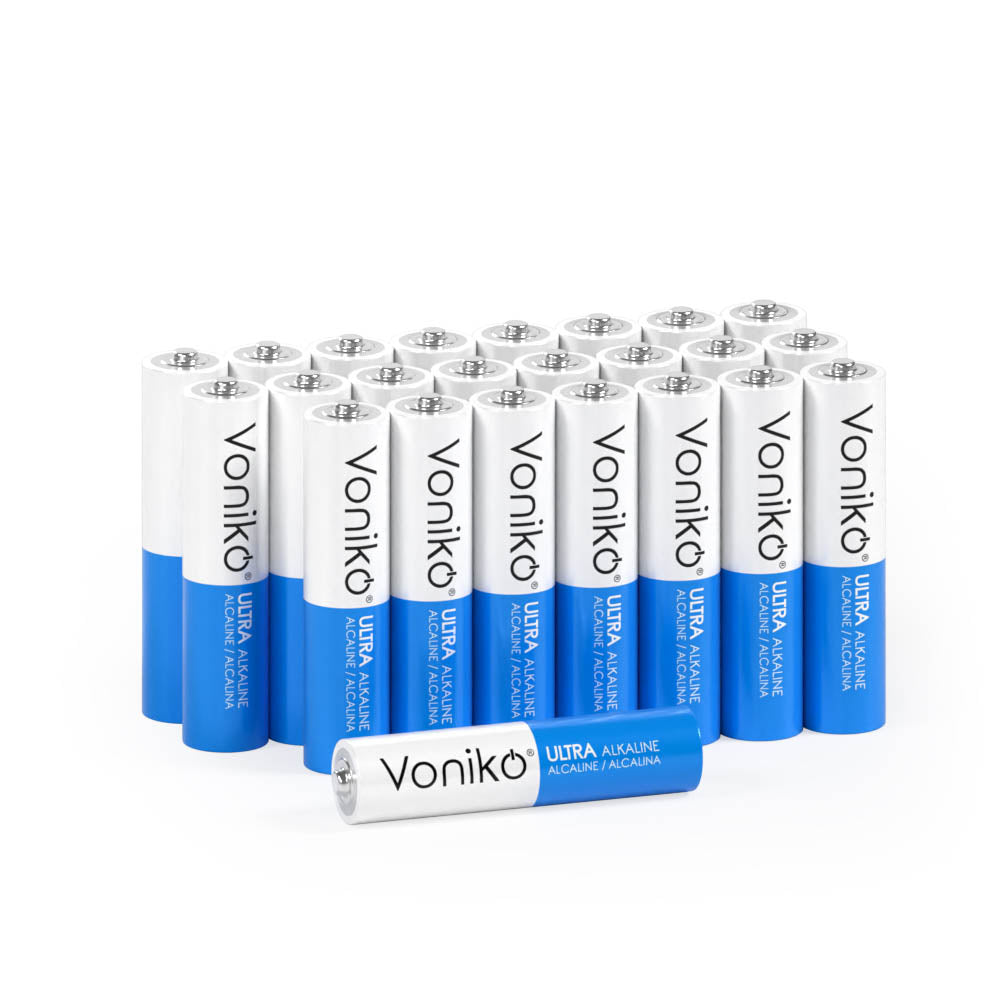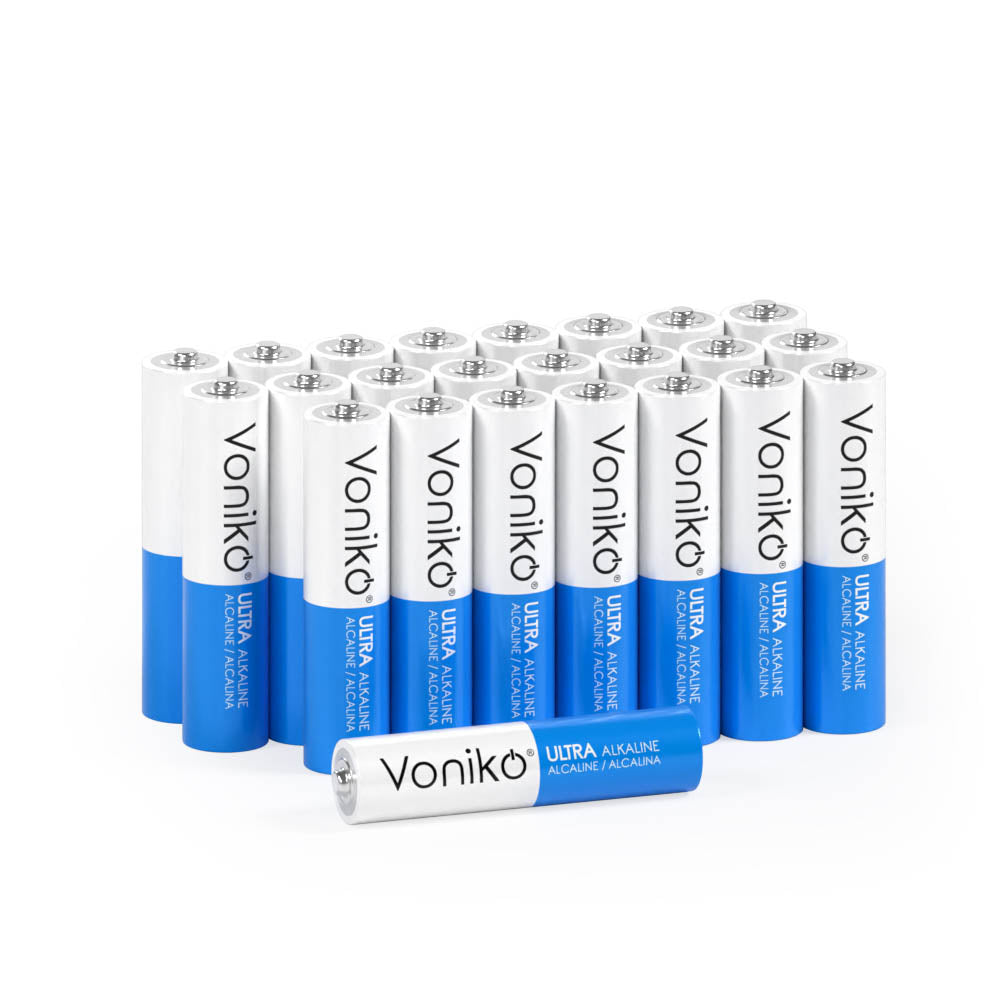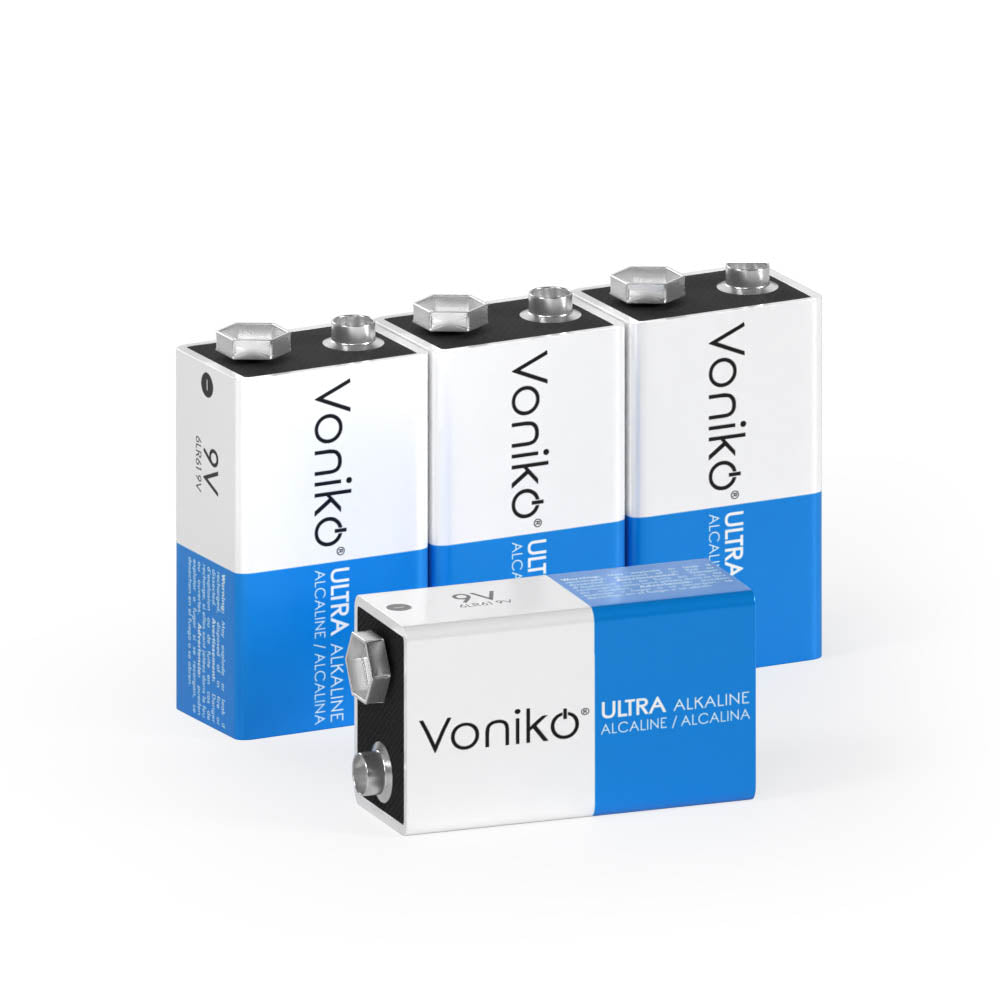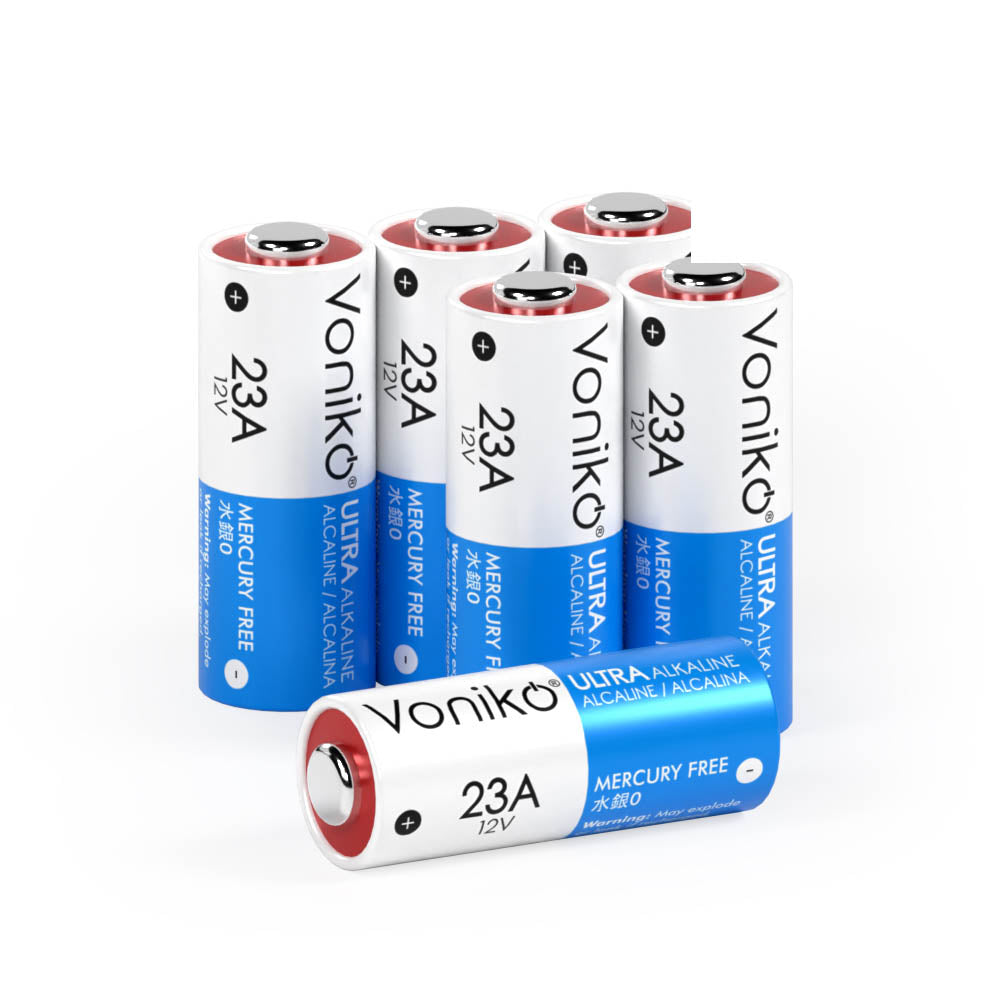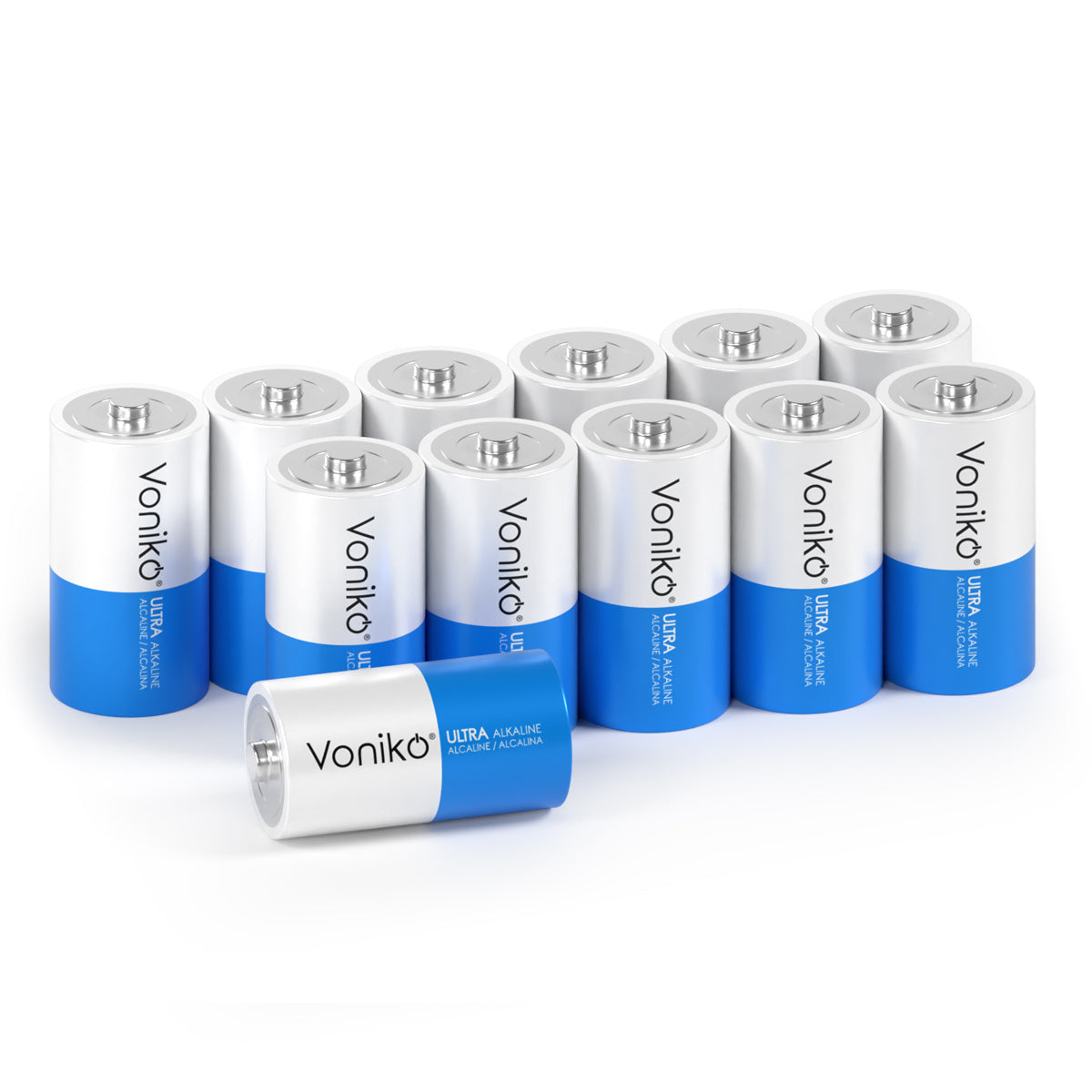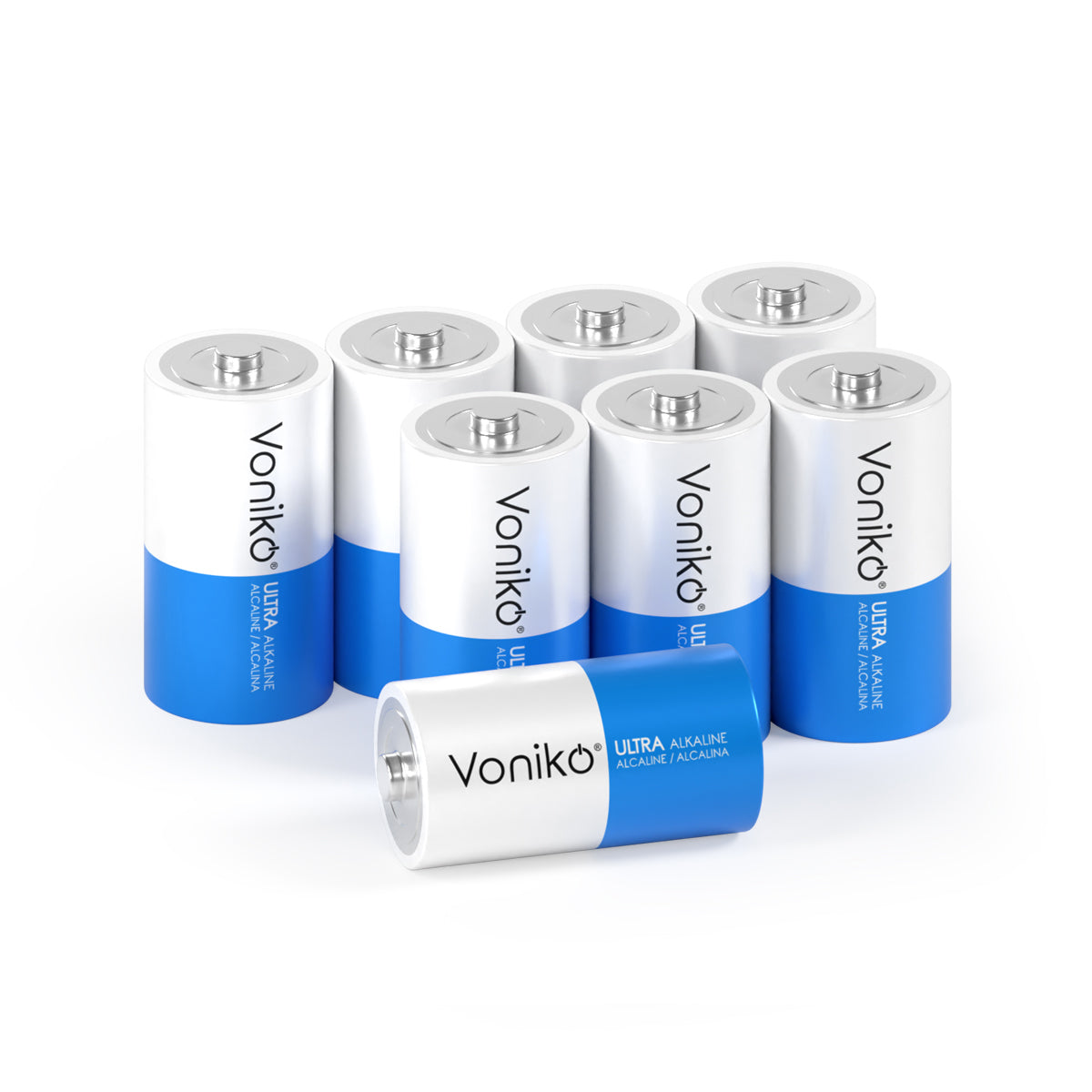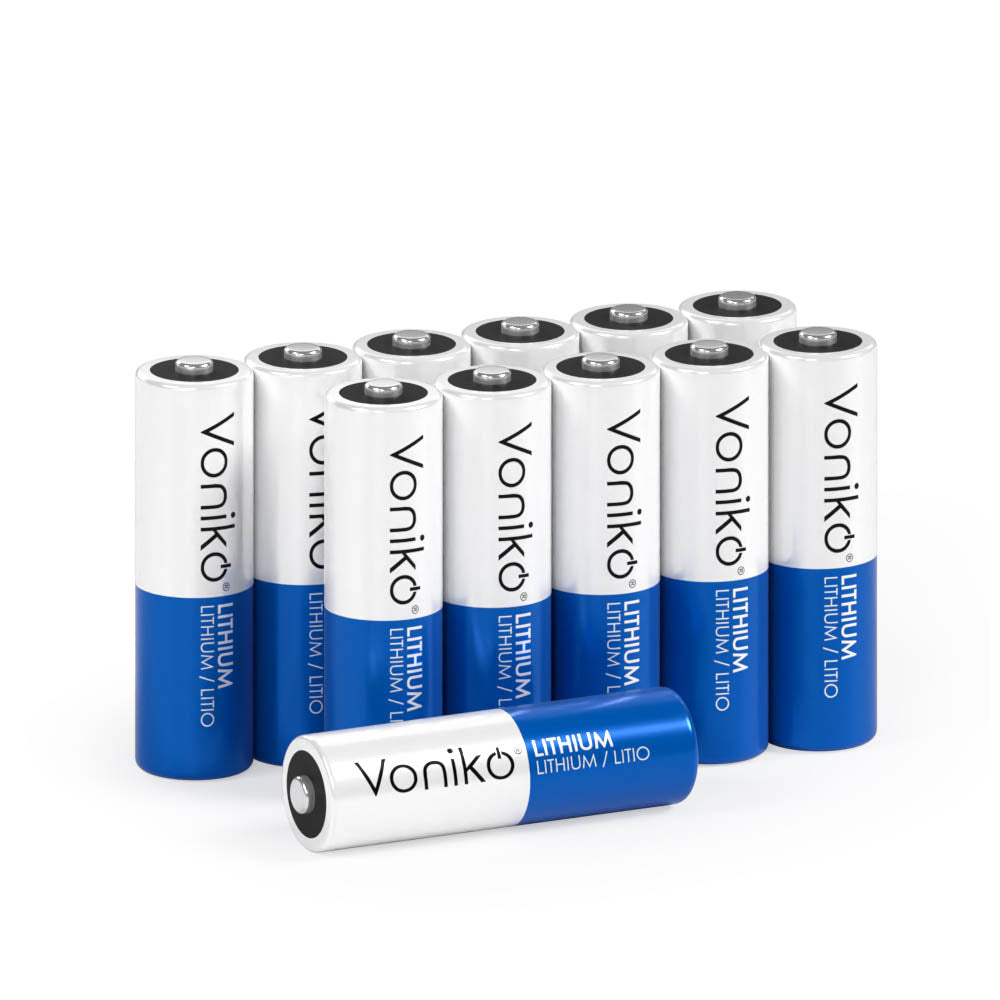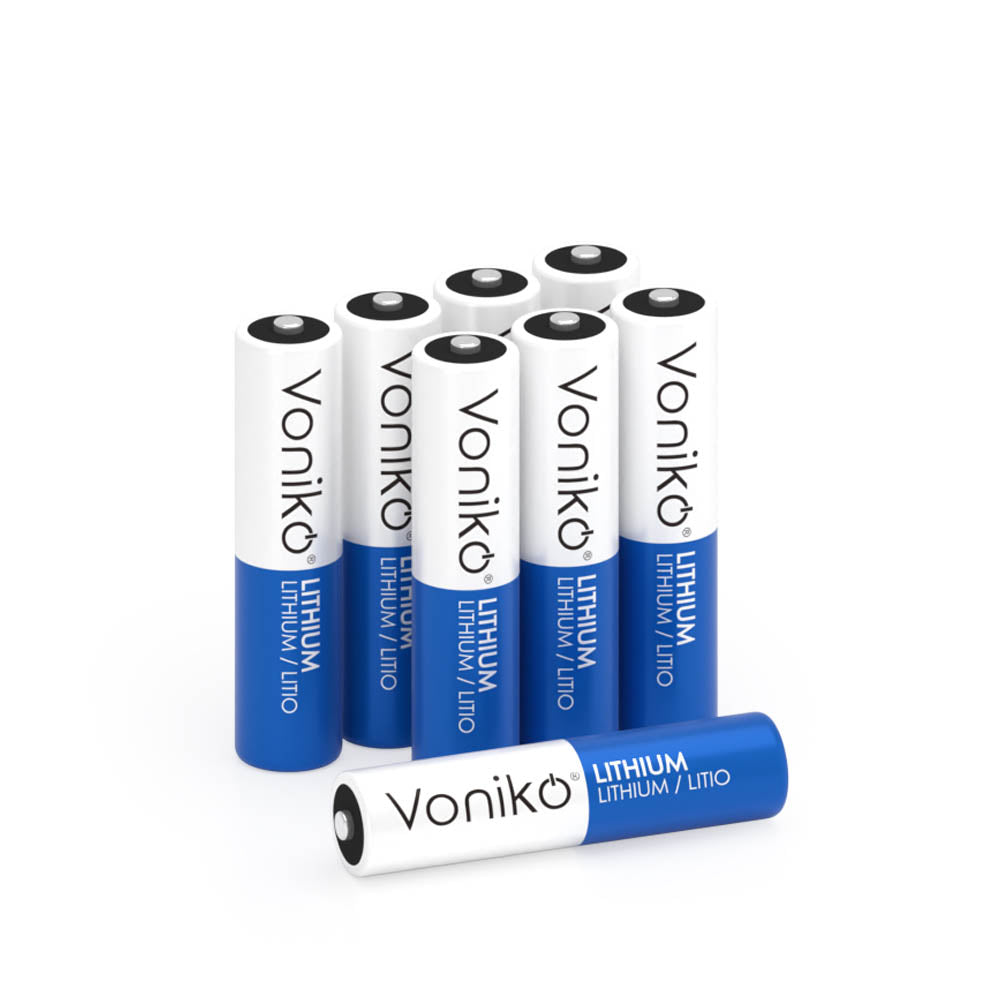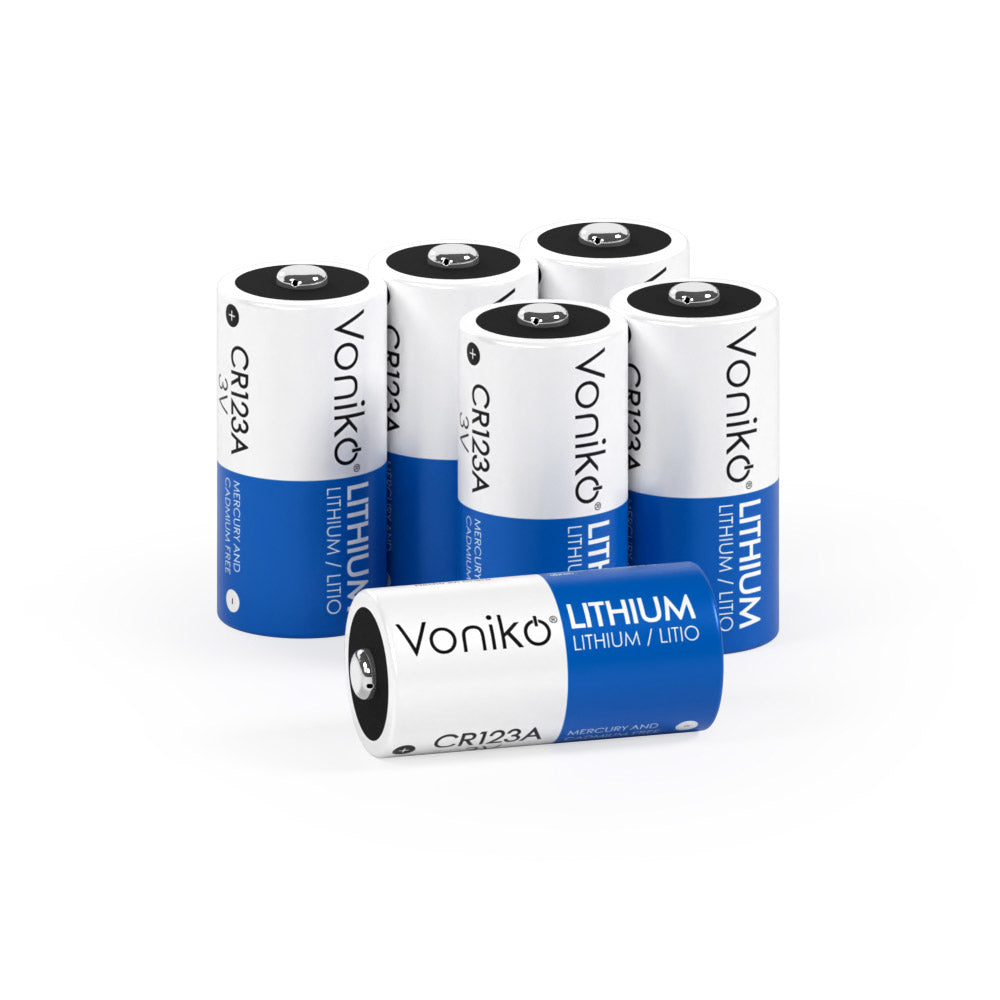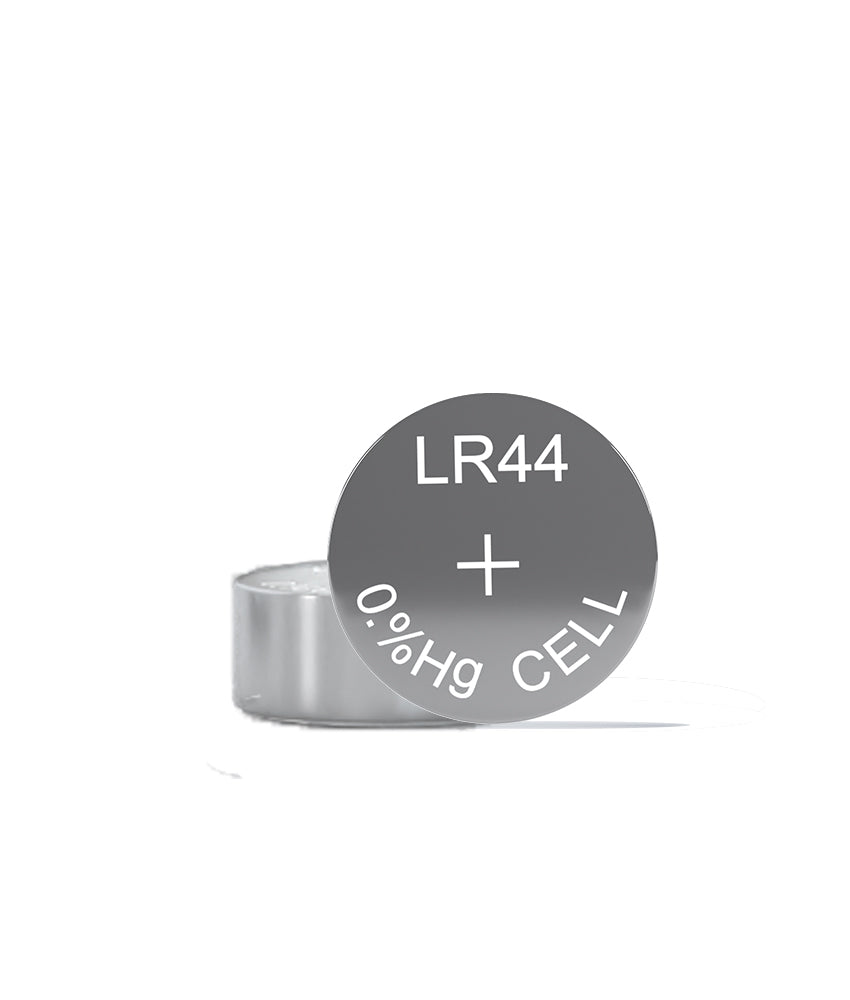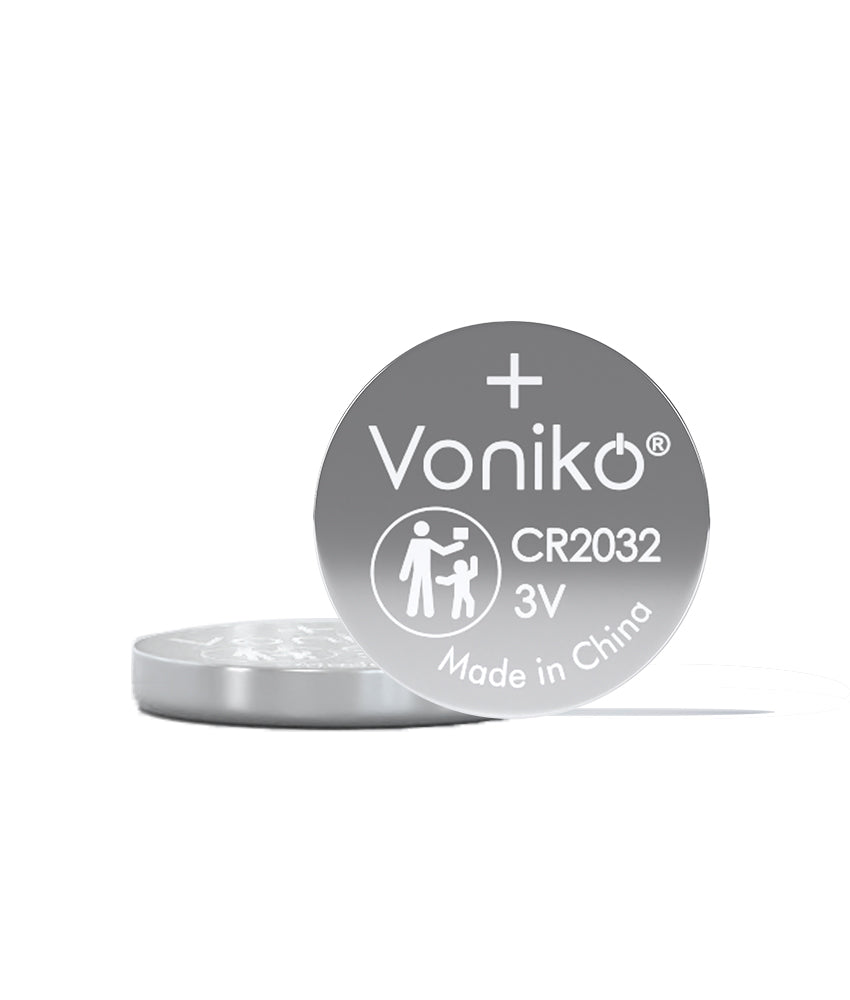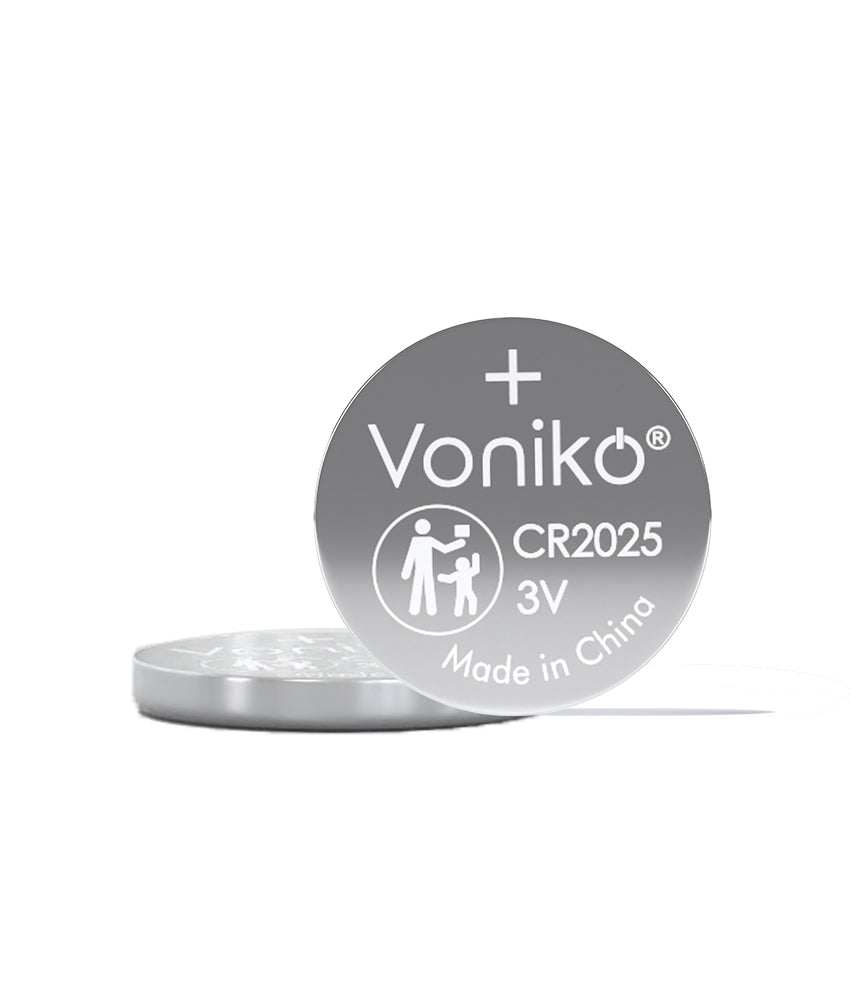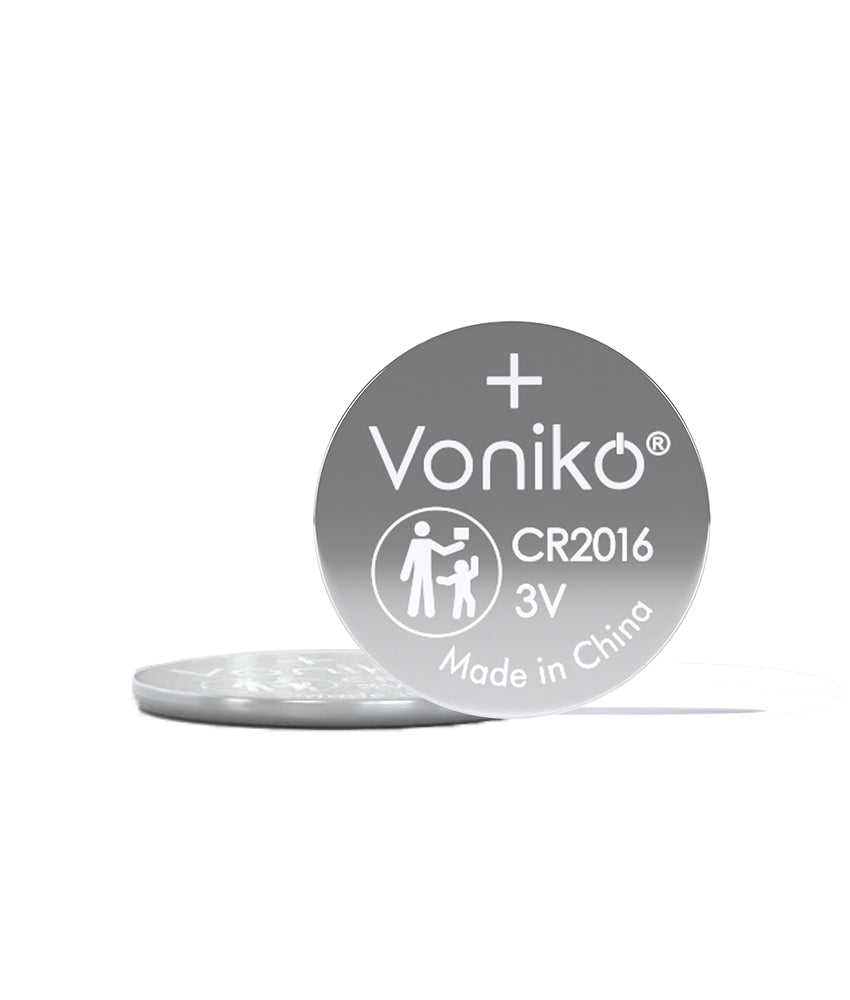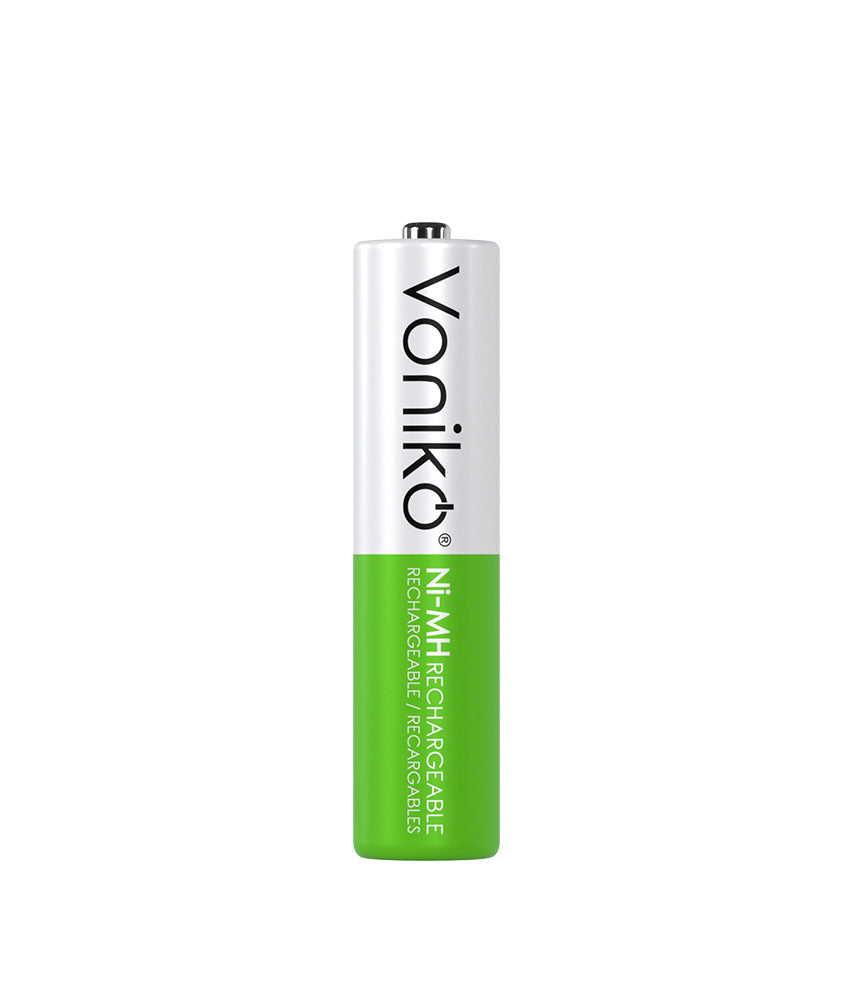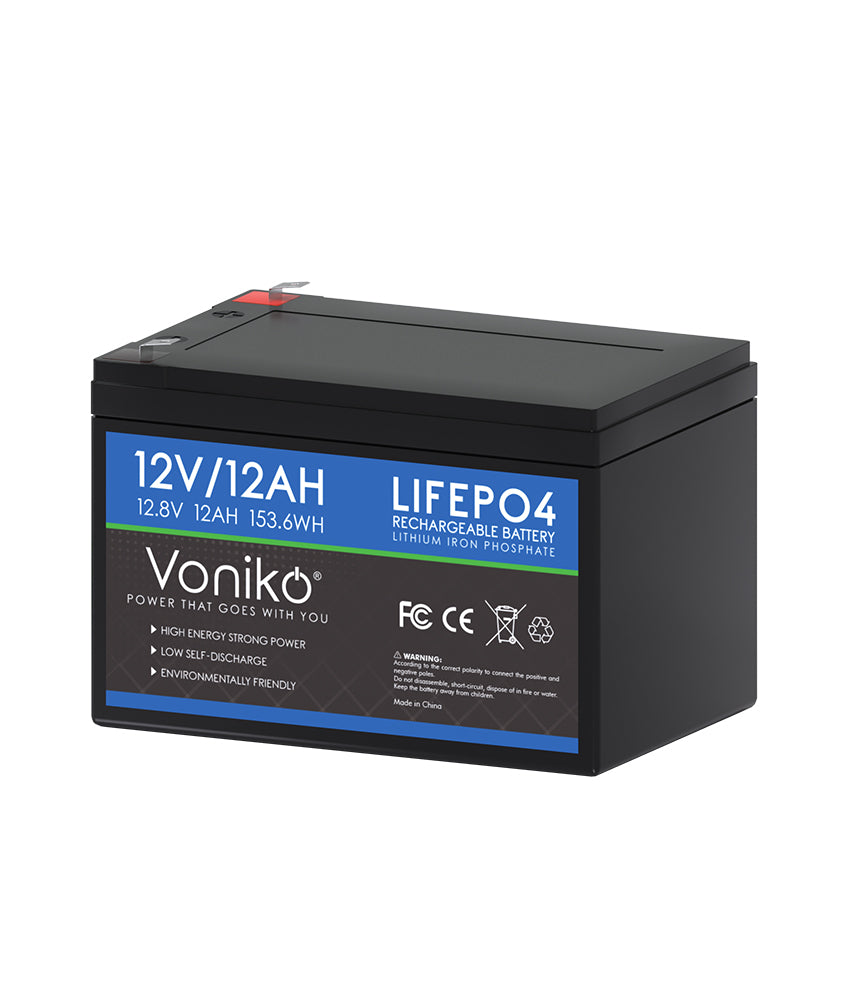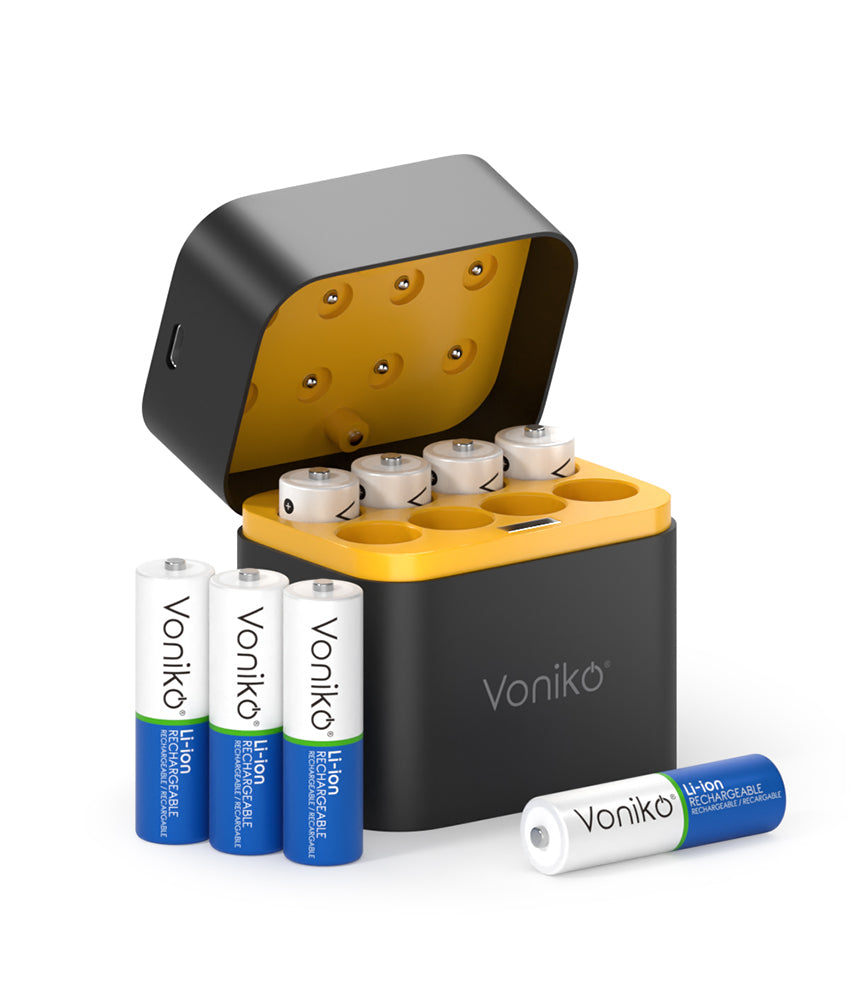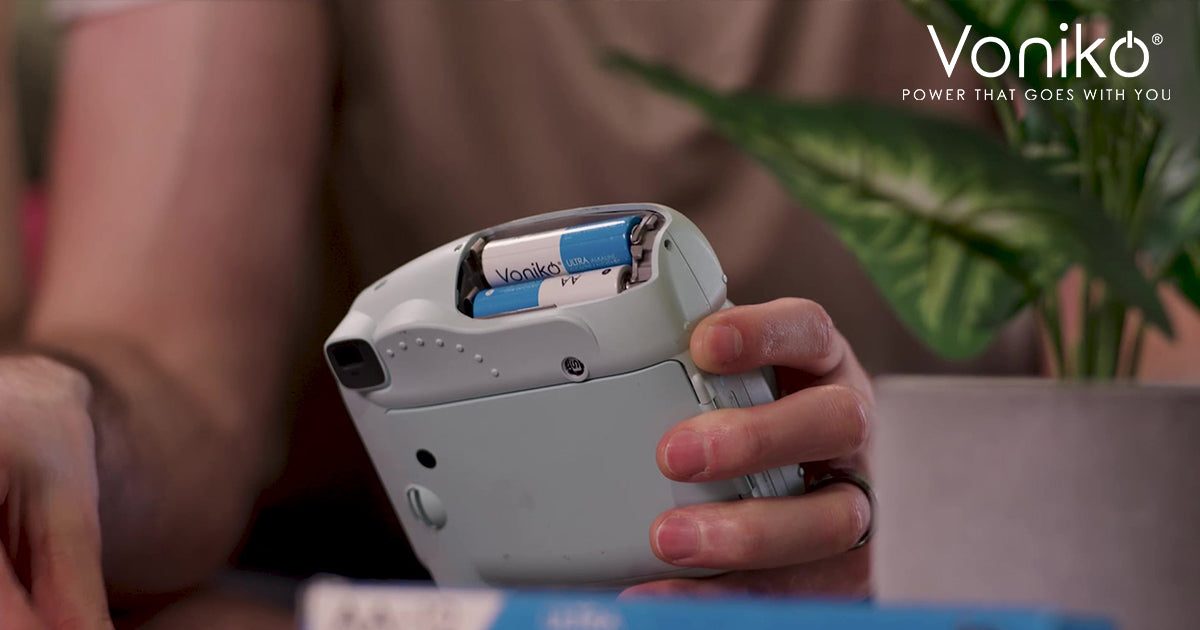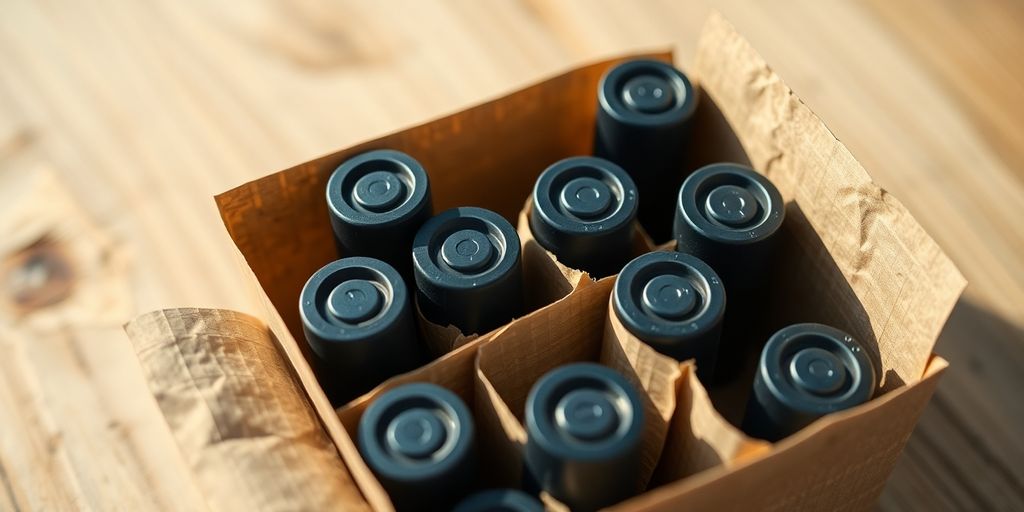Environmental and Social Challenges in Lithium Battery Production
Making lithium batteries comes with a bunch of problems, both for the environment and for people. From getting the lithium out of the ground to actually building the batteries, there are a lot of things that need to be handled carefully if we want to make them in a way that's good for everyone and everything.
Extraction of Lithium
Getting lithium, which is a really important part of these batteries, can mess up the environment pretty bad. The ways we usually dig it up, like big open-pit mines or sucking it out of salty water, can destroy natural places, make the dirt wash away, and even pollute our water. To make sure we're getting lithium in a way that doesn't wreck the planet, we need to find better ways to mine it and come up with new methods for getting it out of the ground.
Water Pollution Concerns
One of the biggest worries with lithium battery production is how it affects water. The processes used to get lithium, especially from brine, use a lot of water. This can dry up local water sources, which is a huge problem in places that are already dry. Plus, the chemicals used in mining and processing can leak into rivers and groundwater, making the water unsafe for people and animals. It's a real mess.
Carbon Footprint of Battery Production
Making lithium batteries also leaves a big carbon footprint. This means a lot of greenhouse gases are released into the air during the whole process, from digging up the raw materials to manufacturing the final product. All that energy used in factories and transportation adds up, making climate change worse. We really need to find ways to power these operations with cleaner energy.
Labor Conditions and Human Rights Concerns
Beyond the environmental stuff, there are also serious human rights and labor issues tied to lithium battery production. In some places where lithium is mined, workers might face really tough conditions, low pay, and even dangerous situations. There are also worries about child labor and other human rights abuses in the supply chain. It's super important that companies are transparent about where they get their materials and make sure everyone involved is treated fairly and safely.
How Does Battery Production Impact Water Resources and Local Environments?

Intensive Water Use in Lithium Extraction
Making lithium batteries uses a lot of water, especially when getting the lithium out of the ground. This process, often called brine extraction, pulls up huge amounts of underground water. In places where water is already hard to find, this can cause big problems. Think about it: if a factory needs millions of gallons of water every day, and the local community also needs that water for drinking and farming, there's going to be a conflict. It's a tough situation because we need these batteries, but we also need to make sure people have enough water.
Water Depletion in Arid Regions
When lithium is extracted in dry areas, it can really dry up the local water supply. For example, in the Atacama Desert in Chile, lithium mining uses a huge amount of the available water. This means less water for:
- Local people to drink
- Farmers to grow crops
- Animals and plants that live there
This can change the whole environment and make life much harder for the people who live in these areas. It's a big deal because these regions are already struggling with water scarcity.
Contamination of Water Sources
Another problem is that the chemicals used to get lithium out of the ground can sometimes get into the water. This can pollute rivers, lakes, and even underground water sources. When water gets contaminated, it's not safe for people to drink or for animals to live in. It can also harm the soil, making it harder to grow food. Cleaning up contaminated water is very expensive and can take a long time, sometimes even decades. It's a serious risk that needs to be managed very carefully to protect both the environment and human health.
Mitigating Environmental and Social Impacts of Lithium Battery Production
Making lithium battery production less harmful to the environment and society is a big deal right now. It's not just about making batteries; it's about how we get the stuff for them and how we make them. People are really trying to find ways to make this whole process better, from the very start of getting the materials to the end of making the actual batteries. It's a complex problem, but there are some clear paths forward that people are working on.
Sustainable Mining Practices
When we talk about sustainable mining, it's all about getting the raw materials, like lithium, out of the ground without messing things up too much. This means trying to reduce the damage to the land and water around the mines. It's not just about digging; it's about how you manage the waste, how you use water, and how you put things back together after you're done. Companies are looking into new ways to extract lithium that use less water and have a smaller footprint on the environment. For example, some places are trying out direct lithium extraction methods, which could be a game-changer compared to the traditional evaporation ponds. It's a big shift in thinking, moving from just getting the material to thinking about the long-term health of the planet.
Here are some key aspects of sustainable mining practices:
- Reduced Water Consumption: Developing technologies that use less fresh water, especially in arid regions where lithium is often found.
- Minimizing Land Disturbance: Planning mining operations to disturb as little land as possible and restoring the land afterward.
- Waste Management: Finding better ways to handle mining waste, like tailings, to prevent pollution.
- Biodiversity Protection: Taking steps to protect local plants and animals during and after mining activities.
- Community Engagement: Working with local communities to make sure their needs are met and their environment is protected.
Ethical Sourcing of Materials
Ethical sourcing is about making sure that the materials used in batteries, like cobalt and nickel, are obtained in a way that doesn't hurt people or the environment. This means checking where the materials come from and how they are mined. It's a big challenge because supply chains can be really complicated, with materials passing through many hands before they get to the battery makers. Companies are trying to be more transparent about their supply chains, so they can track where everything comes from. This helps make sure that things like child labor aren't involved and that workers are treated fairly. It's a tough job, but it's really important for making sure batteries are made responsibly.
Transitioning to Renewable Energy Sources
Making batteries takes a lot of energy, and if that energy comes from burning fossil fuels, it creates a lot of carbon emissions. So, a big part of making battery production more sustainable is to switch to renewable energy sources, like solar and wind power. This means factories need to get their electricity from clean sources, which helps reduce the overall carbon footprint of the batteries. It's a move that not only helps the environment but also makes the whole industry more resilient in the long run. It's a pretty straightforward idea, but it takes a lot of investment and planning to make it happen on a large scale.
Taking a Green Approach to Lithium Battery Manufacturing
Taking a green approach to making lithium batteries is really important. It means we have to deal with the problems this industry creates for the environment and for people. This includes things like how we get the materials and how much carbon pollution is made. It also means looking at social issues, like working conditions and human rights. If we recognize these problems and work to fix them, we can make the lithium battery industry much more sustainable and better for the planet.
Addressing Resource Extraction Challenges
Getting the raw materials for lithium batteries, like lithium itself, can be tough on the environment. The way we dig up these materials can cause a lot of damage, like making the ground wear away or polluting water sources. This kind of damage can last a long time and really hurt natural places. To make things better, we need to find smarter ways to get these materials. This could mean:
- Using methods that don't mess up the land as much.
- Finding ways to get more out of the materials we already have.
- Developing new technologies that need fewer rare materials.
Reducing the Carbon Footprint
Making lithium batteries uses a lot of energy, and that energy often comes from sources that create a lot of carbon pollution. This adds to the overall carbon footprint of the batteries. To cut down on this, we need to change how we power the factories where batteries are made. This means:
- Switching to renewable energy sources, like solar or wind power, for manufacturing.
- Making the production process more efficient so it uses less energy overall.
- Looking into new battery designs that require less energy to produce.
Improving Social Implications and Working Conditions
Beyond the environmental stuff, there are also human issues in battery production. Sometimes, the people who work to get the materials or make the batteries face bad working conditions or their human rights aren't respected. It's important to make sure that everyone involved in making these batteries is treated fairly. This involves:
- Making sure workers have safe places to do their jobs.
- Paying fair wages and providing good benefits.
- Stopping any kind of forced labor or child labor.
- Being open about where materials come from and how they are obtained.
The Complex Lifecycle of Lithium Batteries
Environmental Costs of Extraction
Getting the raw materials for lithium batteries, like lithium, cobalt, and nickel, really takes a toll on the environment. The methods used to pull these metals out of the ground can cause a lot of damage, including messing up the soil, making water scarce, and even wiping out different kinds of plants and animals. For example, lithium extraction often involves pumping huge amounts of water from underground, which can dry up local water sources, especially in places that are already pretty dry. Then there's the waste, which can contain all sorts of nasty chemicals that might leak into the ground and water. It's a big problem that needs careful handling.
Socio-Economic Impact on Communities
When new mines pop up, they can change things a lot for the people living nearby. Sometimes, communities get displaced, or their traditional ways of life are disrupted. There can be issues with fair wages and safe working conditions, too. It's not always easy to balance the need for these materials with the well-being of the people who live where they're found. Plus, the sudden influx of workers and money can sometimes lead to social problems, like increased crime or strain on local services. It's a tricky situation that requires a lot of thought and planning to make sure everyone benefits, not just the companies.
Challenges of Disposal and Recycling
Once lithium batteries reach the end of their life, getting rid of them or recycling them is a whole other challenge. They contain materials that can be harmful if not handled correctly, and just throwing them in the trash isn't an option. Recycling them is complicated because of the different materials and how they're put together. It's not like recycling a plastic bottle. We need better ways to break down these batteries and get the valuable stuff back out so we can use it again. Otherwise, we're just creating more waste and needing to mine more new materials, which defeats the purpose of trying to be more sustainable. It's a big puzzle we're still trying to solve.
Understanding the Environmental Footprint of Battery Production
When we talk about batteries, especially the ones that power our electric cars and phones, it's easy to just think about how they work. But there's a whole story behind them, a story that involves a lot of environmental impact. It's not just about what happens when you use them, but what happens long before they even get to you. We're talking about the entire journey, from digging up the stuff they're made of to putting them together in a factory. Getting a handle on this whole picture is pretty important if we want to make things better.
Carbon Emissions Per Kilowatt-Hour
So, let's get into the nitty-gritty of carbon emissions. Every single kilowatt-hour (kWh) of battery capacity that gets made adds a certain amount of carbon dioxide to the air. We're talking about somewhere between 40 and 60 kilograms of CO₂ for every kWh. Think about a big battery, like the one in a Tesla Model S, which is around 100 kWh. That means just making that battery could be responsible for up to 6 tons of CO₂ before the car even leaves the factory. This initial carbon footprint is a big deal because it happens before the product is even used.
Where do these emissions come from? It's a mix of things:
- Mining the raw materials: Getting lithium, cobalt, and nickel out of the ground takes a lot of energy.
- Refining these materials: Turning the raw stuff into something usable also burns a lot of fuel.
- Assembling the battery cells: The factories themselves use energy for all their processes.
It's a whole chain of events, and each step adds to the overall carbon load. If we want to cut down on this, we need to look at how each part of that chain can be made more efficient and less carbon-intensive.
Impact of Raw Material Mining
Now, let's talk about mining. It's not just about digging a hole in the ground; it's a massive operation with a big environmental shadow. The materials needed for batteries—lithium, nickel, cobalt—don't just appear. They have to be extracted, and that process is energy-hungry. A lot of the time, the energy used for mining comes from fossil fuels, especially in places where coal or gas are the main power sources. This means more emissions right at the start of the battery's life.
For example, extracting just one kilogram of lithium carbonate can release up to 10 kg of CO₂. And that's just one material. When you add up all the different metals and minerals, the impact grows. It's a complex issue because these materials are concentrated in specific parts of the world, and the mining practices there can vary a lot. The environmental consequences go beyond just carbon, too; there's also the issue of land disruption and water use, which we've talked about elsewhere.
Importance of Cleaner Energy Sources for Manufacturing
So, what's the big takeaway here? It's that the energy source used in manufacturing makes a huge difference. If battery factories are powered by dirty energy, like coal, then the carbon footprint of the batteries they produce is going to be much higher. But if those factories switch to cleaner energy sources, like solar, wind, or hydro power, then the emissions drop significantly.
Consider this:
- Many battery production facilities, especially in places like China (which makes a lot of the world's batteries), still rely heavily on coal-fired power plants.
- Shifting these operations to renewable energy would drastically cut down on the carbon emissions associated with battery manufacturing.
- This isn't just about the final assembly; it's also about the energy used in refining the raw materials and making the components.
Ultimately, if we want to make batteries truly green, it's not enough to just focus on how they perform in an electric vehicle. We have to look at the entire lifecycle, and a huge part of that is making sure the energy used to create them is as clean as possible. It's a big challenge, but it's a necessary step for a more sustainable future.
Addressing Water Scarcity in Lithium Extraction
Water Consumption in Lithium Mining
Lithium mining, especially from brine deposits, uses a lot of water. This process can use up to 100,000 liters of water for every ton of lithium produced. This is a big deal, especially in places where water is already hard to find, like the Atacama Desert in Chile. The way it works is, they pump saltwater from underground, then put it into big ponds. The sun then evaporates the water over many months, leaving the lithium behind. This method, while effective for getting lithium, puts a lot of strain on local water supplies. It means less water for farming and for people living in those areas.
Impact on Local Water Sources
When lithium mining operations use so much water, it can really mess things up for local communities and the environment. For example, in Chile's Atacama Desert, lithium mining uses more than half of the water available in the region. This can lead to:
- Water shortages for people and farms.
- Conflicts between mining companies and local residents.
- Damage to natural ecosystems that depend on that water.
It's not just about how much water is used, but also what happens to the water after it's used. Sometimes, chemicals from the mining process can get into the water, making it unsafe for drinking or for wildlife. This has happened in places like Tibet, where a lithium mine was blamed for polluting a river and killing fish and animals.
Exploring Alternative Extraction Techniques
Because of all these problems, people are looking for new ways to get lithium that don't use as much water. One idea is called Direct Lithium Extraction (DLE). This method is supposed to use a lot less water than the traditional evaporation ponds. Companies and governments are starting to invest in research for these newer technologies. The goal is to find ways to get the lithium we need for batteries without drying up local water sources or polluting the environment. It's a big challenge, but finding better ways to extract lithium is important for making battery production more sustainable in the long run.
Getting lithium means using a lot of water, which is a big problem in places where water is already scarce. We need smart ways to get this important metal without drying up our planet. Find out more about how we're tackling this challenge on our website.
Wrapping Things Up
So, we've talked a lot about how making batteries affects our water and the places where they're made. It's pretty clear that getting the stuff for batteries, like lithium, can use up a ton of water and mess up local areas. We also saw how the whole process, from digging things up to making the actual batteries, leaves a big carbon footprint. But it's not all bad news! People are working on better ways to do things, like finding new ways to get materials that don't use as much water, and making sure factories run on clean energy. Plus, recycling old batteries is a big deal to help keep harmful stuff out of the environment. It's a tricky situation, but if everyone keeps pushing for cleaner methods and smarter choices, we can definitely make battery production much better for our planet and the people living on it.

